A lot of the talk around horticulture at present is often negative. A report last week from Teagasc showed that field vegetable production was to decline by 7% in 2023.
Growers are leaving the sector. High energy prices, below-cost selling and increasing input costs are all contributing to this.
However, it is not all negative in the sector, which despite current challenges many at the heart of it believe has a bright future ahead and continue to invest into their businesses.
One of those people is Alan McCann, director of Morning Fresh. Alan comes from a long line of vegetable growers. His grandfather grew field vegetables, his father moved to glasshouses and Alan has moved on again. This time to hydroponics.
In Rush, Co Dublin, you walk up to a quiet, unassuming door, but behind that door there is 1.2ha of glass (about 3ac), thousands of heads of lettuce grown using hydroponics and on this particular day a blue sky overhead. The McCanns have a further 27ac of glass, but these houses do not use hydroponics.
Morning Fresh is quite unique. The company sells living plants. The lettuce comes in a packet like any other head of lettuce, but the roots are still intact with a small amount of peat. If stored, the lettuce should last a week in your fridge and look the same as the day you bought it, helping to avoid food waste.
Alan explains that the supermarkets like the product as it ticks a whole number of sustainability boxes. This is one of the reasons for moving down this route. However, a fusarium outbreak in 2018 also contributed to the move.
This system was seen as a way of fixing some problems which were occurring, disease outbreaks being one.
As a result, the planning process started in 2019 and foundations were poured in 2021.
The system used by the McCanns is known as the nutrient film technique (NFT). This means that the plants are in long trays and are fed by a stream of water and nutrients.
Other systems see the plants’ roots sit in water. There is just a small amount of peat around the plant.
Plants come in from the UK. The McCanns have a trusted supplier in the UK who they have worked with for many years and Alan noted that as peat’s use is limited in Ireland and needs to be imported, it makes more sense to import the plants.
These plants are then transplanted by hand and once big enough a robot pots the plants into gullies.
The gullies are what make the system work and allow the plants to be fed by drippers with water which has been mixed with the required nutrients. As the plants move up the line and get bigger they are given more space, which also helps to reduce disease pressure. It takes four to five weeks to reach harvest.
Lights are often used in hydroponics to provide optimum growing conditions and help to alter plant growth to what the customer desires, like making the plant stretch or be more compact. However, energy costs are too high at present and Alan commented this is why lights are not on in the glasshouse.
The robot looks impressive and it is a huge saving on time, but Alan said it is not all plain-sailing. When it is working right it’s great, but there is an adjustment period and he has learned that if there is one plant too big, things can go wrong.
It is connected to his phone and if there is a problem in the glasshouse, it will ring his phone every 30 minutes until the problem is fixed.
Three people are trained to use the robot. At different times of the year, 25 to 30 people are employed by Morning Fresh. Alan said that there is a great team in place, who really care about the produce being grown.
As he talks, it is clear that he is very proud of the business and the people in it. He works hard with early mornings and long evenings, but this is paying off.
There is delight in his voice when he comments that supermarkets love the product which is available in all the major retailers.
Morning Fresh does not supply direct, apart from to a few local buyers. It supplies to Dole (formerly Total Produce), which is a distributor, and carries out about six to seven deliveries per day, six days per week.
He explains that they have an obligation to supply product which is taken very seriously. This requires huge management, to have the required product when needed.
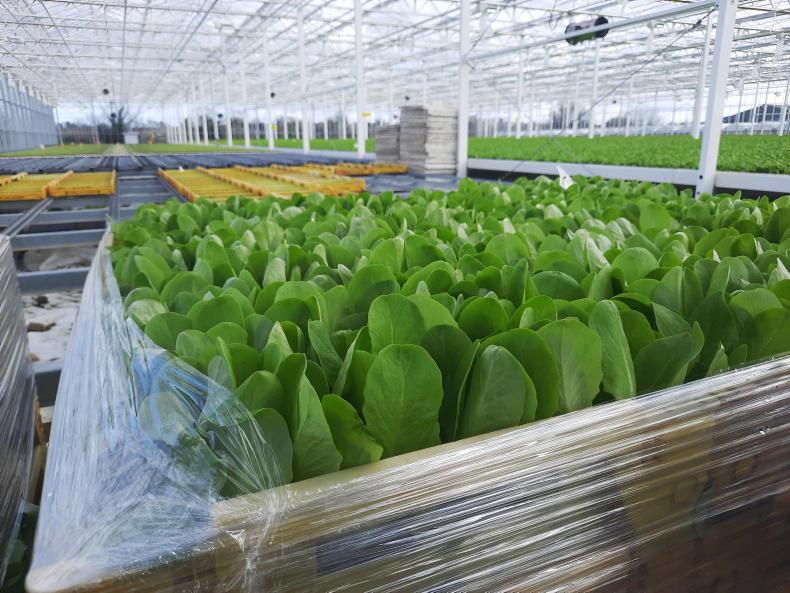
Plants are imported from the UK and planted out.

These plants are planted out and start the process in the glasshouse.
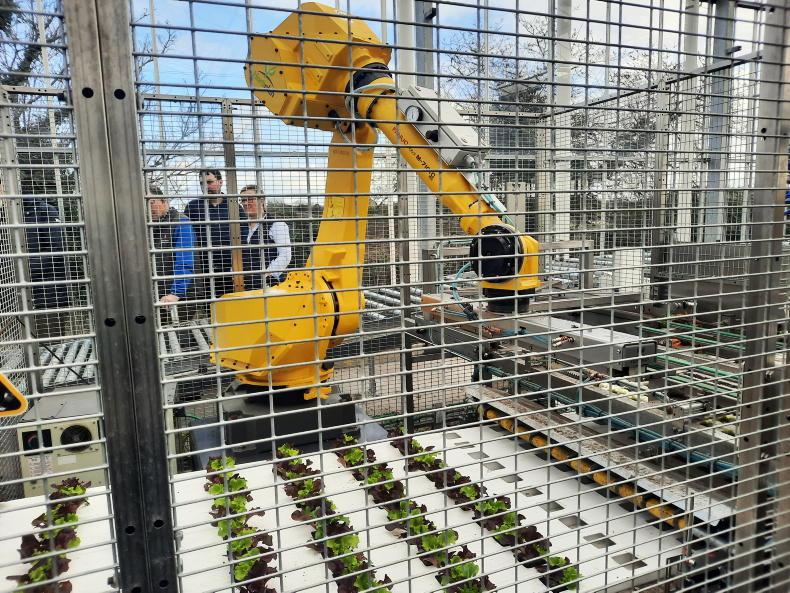
A robot moves the plants into the hydroponic growing system.
Four million litres of water
All water used on the site is rainwater.
There is storage for four million litres in a lake, which also provides water pressure. That’s enough to survive a one in 100-year drought. Alan explained that rainwater is best as the pH and electrical conductivity of the water, which are important for feeding plants, are easier to work with.
The water is filtered twice and is recirculated and reused in the system.
There is room to store 100,000t of feed in a tank below ground. In this space, Alan points to an A and a B tank and feed is added to the water here. In total, about 12t of feed is used per year. Gas is used for heating.
During the winter, about 8,000 to 10,000 litres of water are used per day and this rises to 25,000 litres in the summertime. This is about 80% less than field-growing crops which take about two to three litres of water per head.
Why is the product more sustainable than field or glasshouse lettuce?
Can grow more on less land.Requires 80% less water.Water is recirculated through the system.Controlled environment reduces disease and therefore pesticide use.Lower risk of disease outbreaks.As the roots are still intact in the supermarket, the product lasts longer and reduces food waste.
The plants are placed in trays which will allow them to receive water and feed.
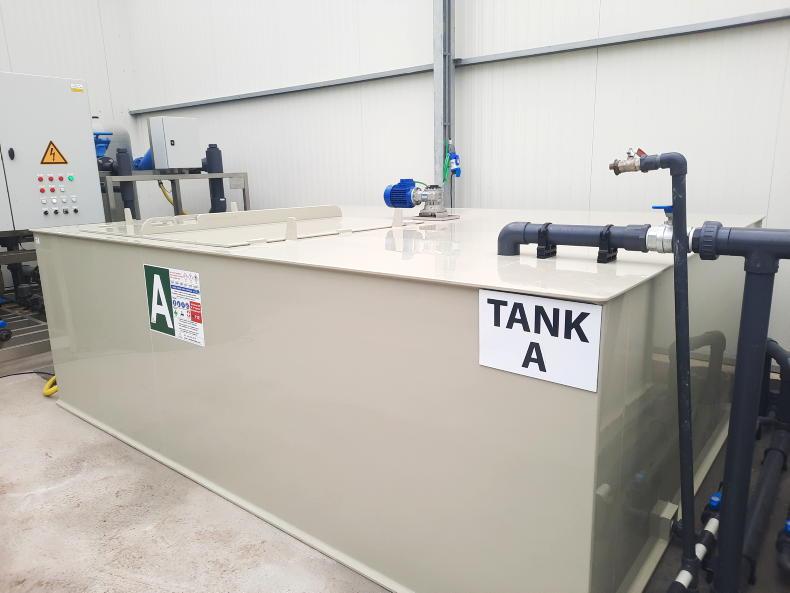
Nutrients are added to water and drip-fed to the plants.

The plants move through the glasshouse and are given more space as they grow and eventually end up at the packing line after four to five weeks.
Alan was clearly frustrated about the rules surrounding peat and while he is very happy with his plant supplier in the UK, the lack of access to peat prevents him from producing his own plants.
He explained that horticulture uses less than 2% of the peat in Ireland and while people say there are alternatives Alan said they are just not as good as peat.
Coir, for example, comes from Sri Lanka and is high in salt. He said the ethics of importing from some countries have to be considered, apart from the distance it would be shipped around the world and the difference in standards and labelling.
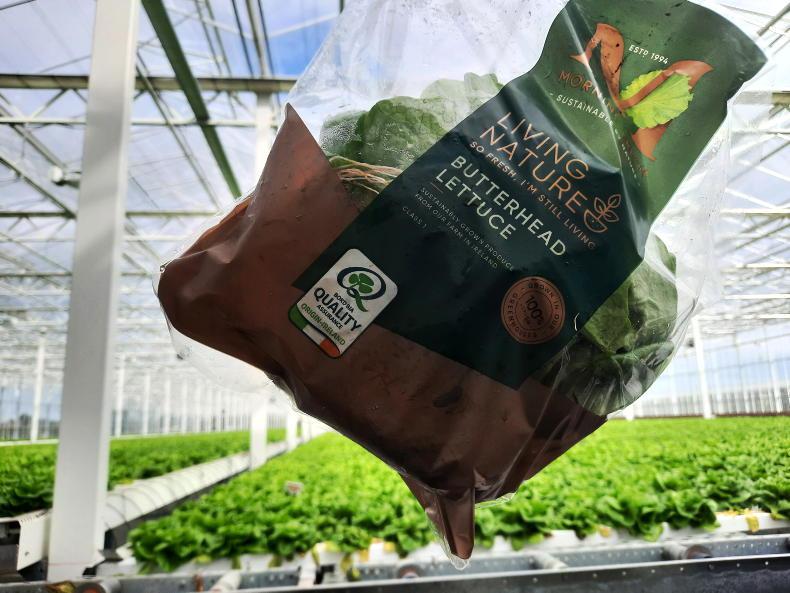
The lettuce plants are packed with roots and growing medium in place to keep the product fresher for longer. It's living lettuce.
Commenting on alternatives, Alan said: “They’re good, but they’re just not as good as peat.”
He added that committing to producing plants could be an investment of millions.
“We can’t commit to investing in making our own plants when the Government can’t commit to ensuring that we have peat.”
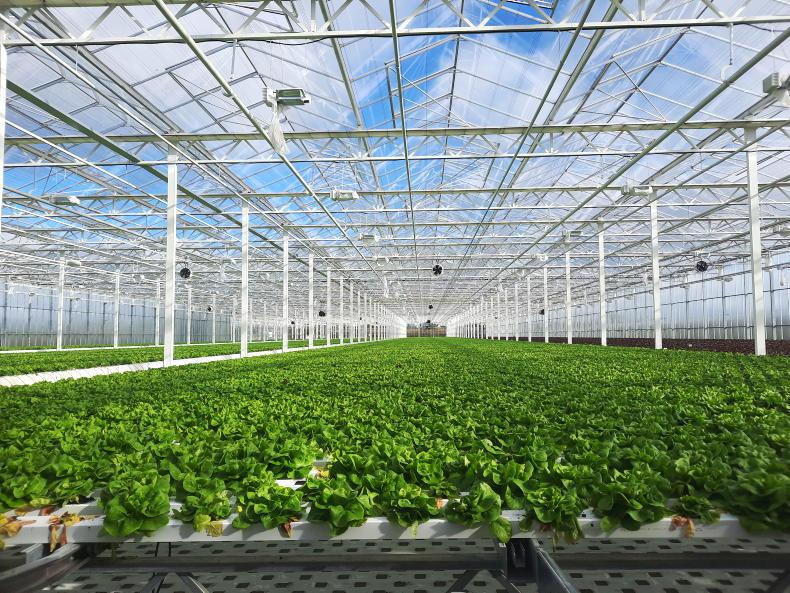
Morning Fresh in Rush, Co Dublin invested in a 1.2ha glasshouse which grows plants in a hydroponic system.
Hydroponics is a method of growing plants using water and nutrients and no soil.It requires much less water than crops grown in fields.The controlled environment can help to reduce disease pressure and outbreaks.Plants are imported on to the farm as peat is not available in Ireland.The Irish Farmers Journal visited Morning Fresh as part of the Agricultural Science Association’s event – A Horticultural display with the ASA.
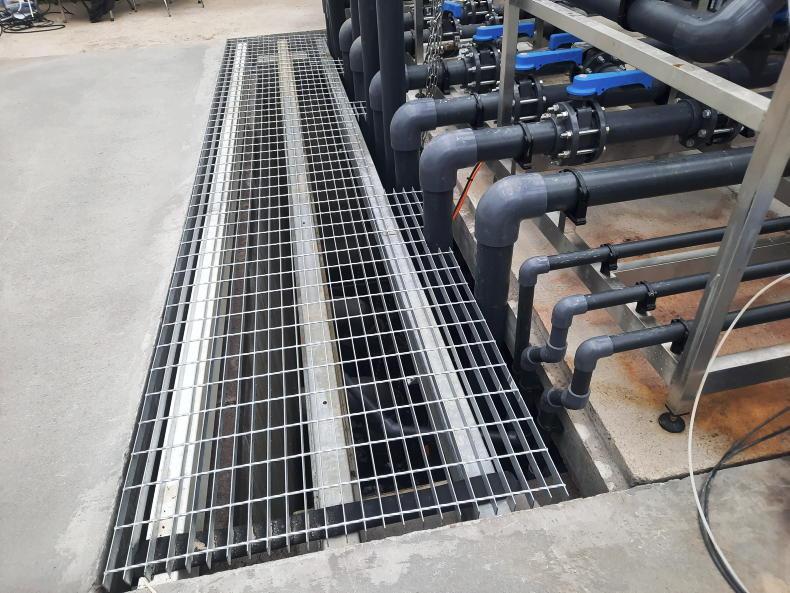
Approximately 100,000t of water and feed are held in a tank and this water is recirculated.
A lot of the talk around horticulture at present is often negative. A report last week from Teagasc showed that field vegetable production was to decline by 7% in 2023.
Growers are leaving the sector. High energy prices, below-cost selling and increasing input costs are all contributing to this.
However, it is not all negative in the sector, which despite current challenges many at the heart of it believe has a bright future ahead and continue to invest into their businesses.
One of those people is Alan McCann, director of Morning Fresh. Alan comes from a long line of vegetable growers. His grandfather grew field vegetables, his father moved to glasshouses and Alan has moved on again. This time to hydroponics.
In Rush, Co Dublin, you walk up to a quiet, unassuming door, but behind that door there is 1.2ha of glass (about 3ac), thousands of heads of lettuce grown using hydroponics and on this particular day a blue sky overhead. The McCanns have a further 27ac of glass, but these houses do not use hydroponics.
Morning Fresh is quite unique. The company sells living plants. The lettuce comes in a packet like any other head of lettuce, but the roots are still intact with a small amount of peat. If stored, the lettuce should last a week in your fridge and look the same as the day you bought it, helping to avoid food waste.
Alan explains that the supermarkets like the product as it ticks a whole number of sustainability boxes. This is one of the reasons for moving down this route. However, a fusarium outbreak in 2018 also contributed to the move.
This system was seen as a way of fixing some problems which were occurring, disease outbreaks being one.
As a result, the planning process started in 2019 and foundations were poured in 2021.
The system used by the McCanns is known as the nutrient film technique (NFT). This means that the plants are in long trays and are fed by a stream of water and nutrients.
Other systems see the plants’ roots sit in water. There is just a small amount of peat around the plant.
Plants come in from the UK. The McCanns have a trusted supplier in the UK who they have worked with for many years and Alan noted that as peat’s use is limited in Ireland and needs to be imported, it makes more sense to import the plants.
These plants are then transplanted by hand and once big enough a robot pots the plants into gullies.
The gullies are what make the system work and allow the plants to be fed by drippers with water which has been mixed with the required nutrients. As the plants move up the line and get bigger they are given more space, which also helps to reduce disease pressure. It takes four to five weeks to reach harvest.
Lights are often used in hydroponics to provide optimum growing conditions and help to alter plant growth to what the customer desires, like making the plant stretch or be more compact. However, energy costs are too high at present and Alan commented this is why lights are not on in the glasshouse.
The robot looks impressive and it is a huge saving on time, but Alan said it is not all plain-sailing. When it is working right it’s great, but there is an adjustment period and he has learned that if there is one plant too big, things can go wrong.
It is connected to his phone and if there is a problem in the glasshouse, it will ring his phone every 30 minutes until the problem is fixed.
Three people are trained to use the robot. At different times of the year, 25 to 30 people are employed by Morning Fresh. Alan said that there is a great team in place, who really care about the produce being grown.
As he talks, it is clear that he is very proud of the business and the people in it. He works hard with early mornings and long evenings, but this is paying off.
There is delight in his voice when he comments that supermarkets love the product which is available in all the major retailers.
Morning Fresh does not supply direct, apart from to a few local buyers. It supplies to Dole (formerly Total Produce), which is a distributor, and carries out about six to seven deliveries per day, six days per week.
He explains that they have an obligation to supply product which is taken very seriously. This requires huge management, to have the required product when needed.

Plants are imported from the UK and planted out.

These plants are planted out and start the process in the glasshouse.

A robot moves the plants into the hydroponic growing system.
Four million litres of water
All water used on the site is rainwater.
There is storage for four million litres in a lake, which also provides water pressure. That’s enough to survive a one in 100-year drought. Alan explained that rainwater is best as the pH and electrical conductivity of the water, which are important for feeding plants, are easier to work with.
The water is filtered twice and is recirculated and reused in the system.
There is room to store 100,000t of feed in a tank below ground. In this space, Alan points to an A and a B tank and feed is added to the water here. In total, about 12t of feed is used per year. Gas is used for heating.
During the winter, about 8,000 to 10,000 litres of water are used per day and this rises to 25,000 litres in the summertime. This is about 80% less than field-growing crops which take about two to three litres of water per head.
Why is the product more sustainable than field or glasshouse lettuce?
Can grow more on less land.Requires 80% less water.Water is recirculated through the system.Controlled environment reduces disease and therefore pesticide use.Lower risk of disease outbreaks.As the roots are still intact in the supermarket, the product lasts longer and reduces food waste.
The plants are placed in trays which will allow them to receive water and feed.

Nutrients are added to water and drip-fed to the plants.

The plants move through the glasshouse and are given more space as they grow and eventually end up at the packing line after four to five weeks.
Alan was clearly frustrated about the rules surrounding peat and while he is very happy with his plant supplier in the UK, the lack of access to peat prevents him from producing his own plants.
He explained that horticulture uses less than 2% of the peat in Ireland and while people say there are alternatives Alan said they are just not as good as peat.
Coir, for example, comes from Sri Lanka and is high in salt. He said the ethics of importing from some countries have to be considered, apart from the distance it would be shipped around the world and the difference in standards and labelling.

The lettuce plants are packed with roots and growing medium in place to keep the product fresher for longer. It's living lettuce.
Commenting on alternatives, Alan said: “They’re good, but they’re just not as good as peat.”
He added that committing to producing plants could be an investment of millions.
“We can’t commit to investing in making our own plants when the Government can’t commit to ensuring that we have peat.”

Morning Fresh in Rush, Co Dublin invested in a 1.2ha glasshouse which grows plants in a hydroponic system.
Hydroponics is a method of growing plants using water and nutrients and no soil.It requires much less water than crops grown in fields.The controlled environment can help to reduce disease pressure and outbreaks.Plants are imported on to the farm as peat is not available in Ireland.The Irish Farmers Journal visited Morning Fresh as part of the Agricultural Science Association’s event – A Horticultural display with the ASA.

Approximately 100,000t of water and feed are held in a tank and this water is recirculated.













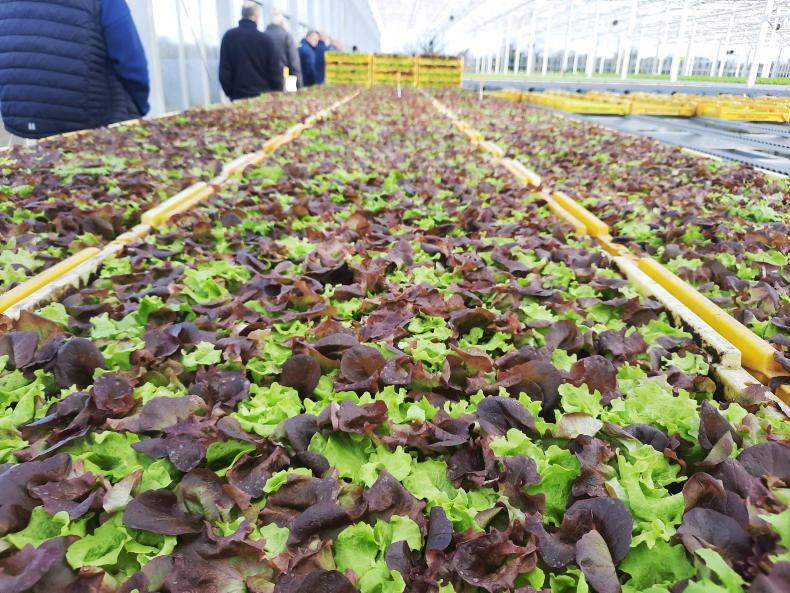
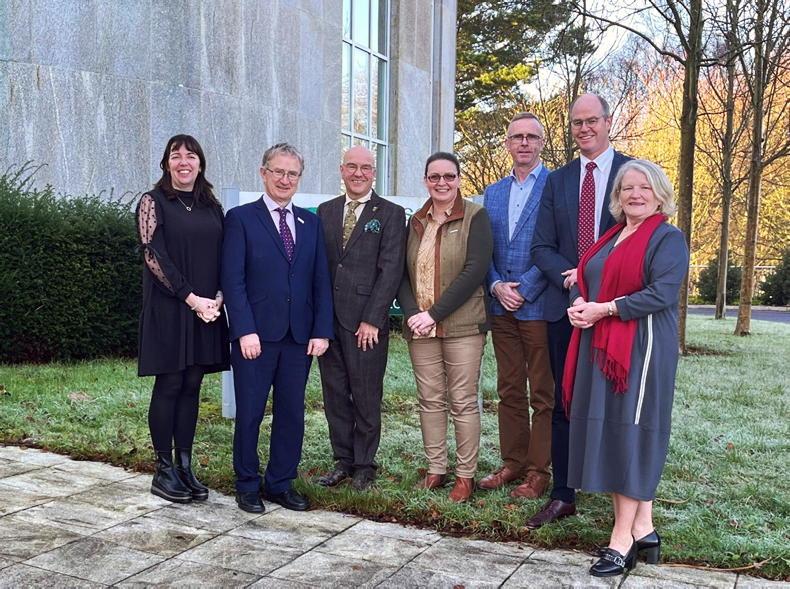
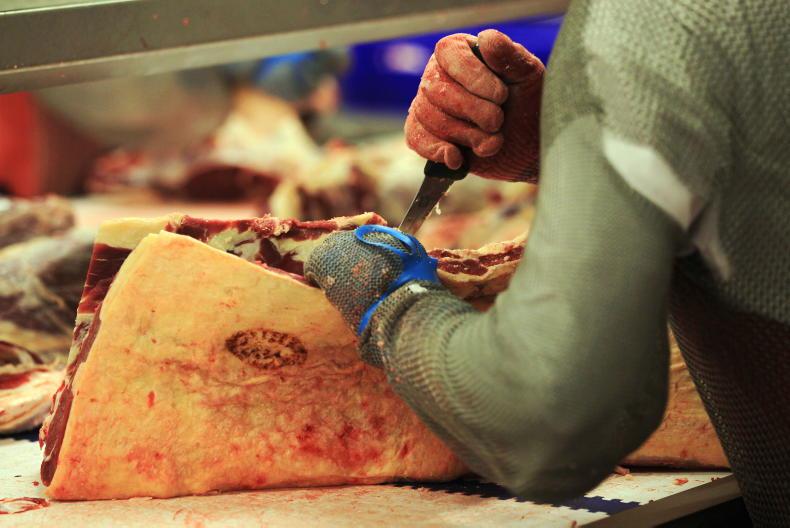
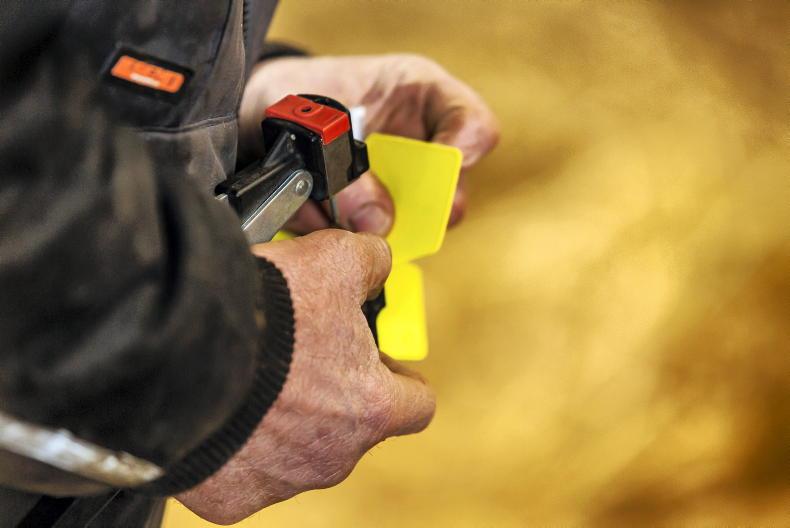

SHARING OPTIONS